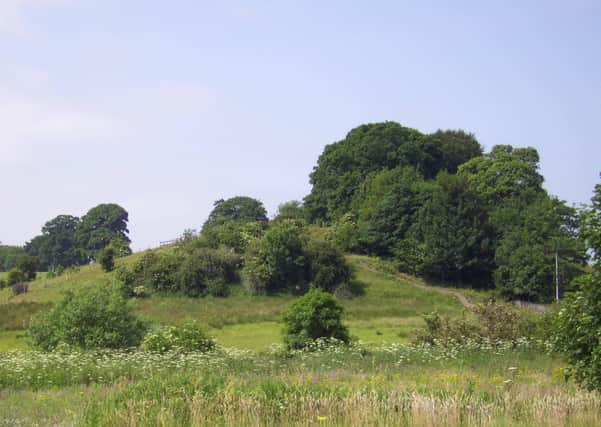Historian looks back on William Wallace’s darkest day at Battle of Falkirk


A few weeks later the two leaders were able to declare in a famous letter to the merchants of Hamburg and Lubeck that Scotland was free of the occupiers and open for trade once again.
But the moment of triumph held the seeds of future disaster when, just ten months later, Wallace and his men were routed at the Battle of Falkirk on July 22, 1298. This week marks the anniversary though sadly without the ceremonial of recent years.
Advertisement
Hide AdAdvertisement
Hide AdNot long after Stirling Bridge Andrew de Moray died from wounds received in the battle leaving Wallace in sole charge.
It was a serious loss because Moray had more formal experience and training in military matters and his counsel may have prevented the pitched battle that followed at Falkirk.
More importantly perhaps, the affront given to Edward, the great warrior king, enraged him so much that he swore revenge on Scotland and the Scots.
He ordered the assembly of possibly the largest force ever to march over the border and it was this might that Wallace chose to face in open battle with troops more use to hit and run guerrilla warfare. It was a big mistake.
Advertisement
Hide AdAdvertisement
Hide AdThe English army arrived in central Scotland after a long and difficult march plagued by shortages of provisions and dissent in the ranks. If Wallace had continued to lie low then the enemy might well have been forced to retreat in disarray but that was not in his nature.
For him, proper recognition of his place as leader in the eyes of his more aristocratic countrymen could only come with a victory in open war.
He therefore chose to assemble his shiltroms of soldiers – great rings of bristling spears like giant porcupines – and face the fearsome mounted knights of the English army.
At first things went well with several frontal attacks by the knights repulsed but when Longshanks called forward his longbowmen their hail of arrows all but destroyed the ranks of Scottish footmen.
Advertisement
Hide AdAdvertisement
Hide AdIt was the first time in a major battle that the longbow had been used in a large mass, a practice that would famously win the day at Crecy, Poitiers and Agincourt in England’s future 100 Years War in Europe.
To the hail of arrows Wallace had no answer. His own horsemen, though few in number, might have disrupted the archers but they had long since left the field to save their lives or desert the colours.
One writer who was present said that the Scots “fell like blossoms in an orchard when the fruit ripens”.
The rout followed and the disastrous day ended with the Scots who managed to escape death flying away as far and as fast as they could. The dead were buried on the battlefield in great pits though we still don’t know for certain where the battle took place and therefore where the soldiers lie.
Advertisement
Hide AdAdvertisement
Hide AdThe current favourite location is Mumrills in Laurieston on the slope opposite Beancross but other similar spots on the east of the town have powerful claims. We may never know.
Wallace himself managed to escape but Sir John de Graeme, his faithful right hand man, lay dead along with Sir John Stewart and both now lie buried in the graveyard which today surrounds Trinity Church.
A few years ago a cairn was erected in Callendar Park by the Society of William Wallace to honour all those who fought and fell on that dark day in our history.